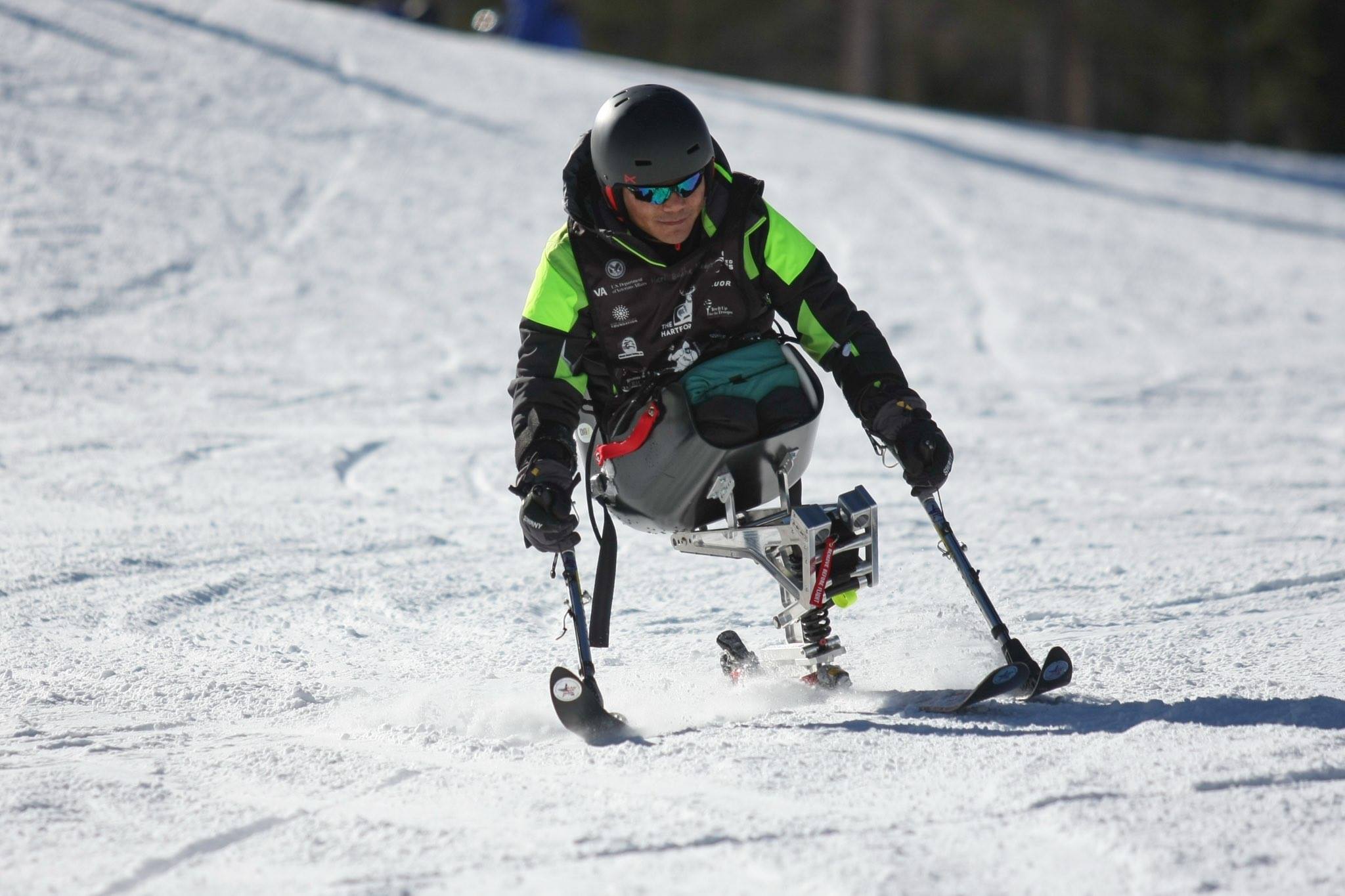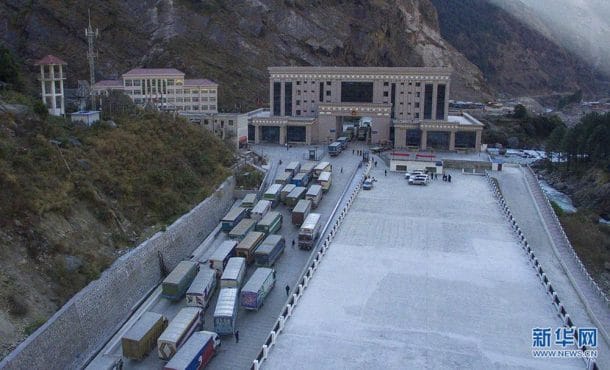In a dramatic, and reasonable move, the Nepal Supreme Court has struck down a new rule by Nepal’s Ministry of Culture, Tourism and Civil Aviation to ban climbers with double amputations and blindness.
The case was brought on behalf of double amputee Hari Budha Magar who is a former British Gurkha. Mager reacted on Facebook with “What a great news to hear when I wake up this morning. Now, we have summited a bureaucratic Mt. Everest. The justice has served! Thank you Supreme Court, you are our hope to get justice. This is true example of Nepalese judiciary system, keep it up! I hope Department of Tourism will implement this Supreme Court order. Let’s climb real Mt Everest together!”
The 39 year-old who lives in Canterbury, Kent, UK, had postponed his 2018 attempt one year after the original announcement. Learn more about Hari at his website.
This reversal is both a victory for disabled climbers and for Nepal. The legal process seemed to have worked in Nepal, something missing in recent years, plus the rights of humans, according to the UN, were upheld.
The Ministry has made an annual joke around new rules for Everest with arm-waving designed to assure prospective climbers that it is safe to attempt Everest from the Nepal side. Let’s take a trip down memory lane at some of the best. Note that almost all have not been implemented or enforced:
- Ladder on the Hillary Step to reduce wait times and bottlenecks
- Dual ropes for up and down traffic
- Rescue team at Camp 2 to save climbers in trouble
- An Integrated Service Center at base camp to represent the government’s administration on the ground
- Liaison Officers actually be at base camp throughout the entire expedition
- Nepal military at base camp to keep peace among climbers
- Climbers required to announce beforehand if they planned to set any record
- Climbers required to bring down 8kg of trash during climb
- Helicopters barred to go to base camp except for medical evacuations
- Trekkers required to have location beacons
- Trekking guides required to have up to date weather forecasts
- Everest permit revenue shared with local villages
The only announcement that was made and actually implemented was the increase of life insurance for Everest workers. It was raised to $15,000 against the wishes of other ethnicities across Nepal. To be fair, some changes have been helpful, albeit bit strange as to why they were necessary:
- Sirdars, mountain guides and high-altitude workers who accompany expeditions to the top of the climbing peaks, including Mt Everest, shall get summit certificates.
- Medical and life insurance for liaison officers, base camp workers, and climbing guides be increased.
Lets hope that this court ruling will encourage the Ministry to be more thoughtful on their proposals and focus on real reform for Everest and not window dressing.
Climb On!
Alan
Memories are Everything





2 thoughts on “Nepal Supreme Court Allows Disabled Climbers”
Thanks Alan – I am happy to see this brief moment of sanity from Nepal. Don’t forget all the promises made and broken after the avalanche in 2014 – RS 1 million to the families of the deceased, memorial park in Kathmandu, 30% of permit fees to go to a fund for future relief, etc, etc.
Agree Robert.
Comments are closed.